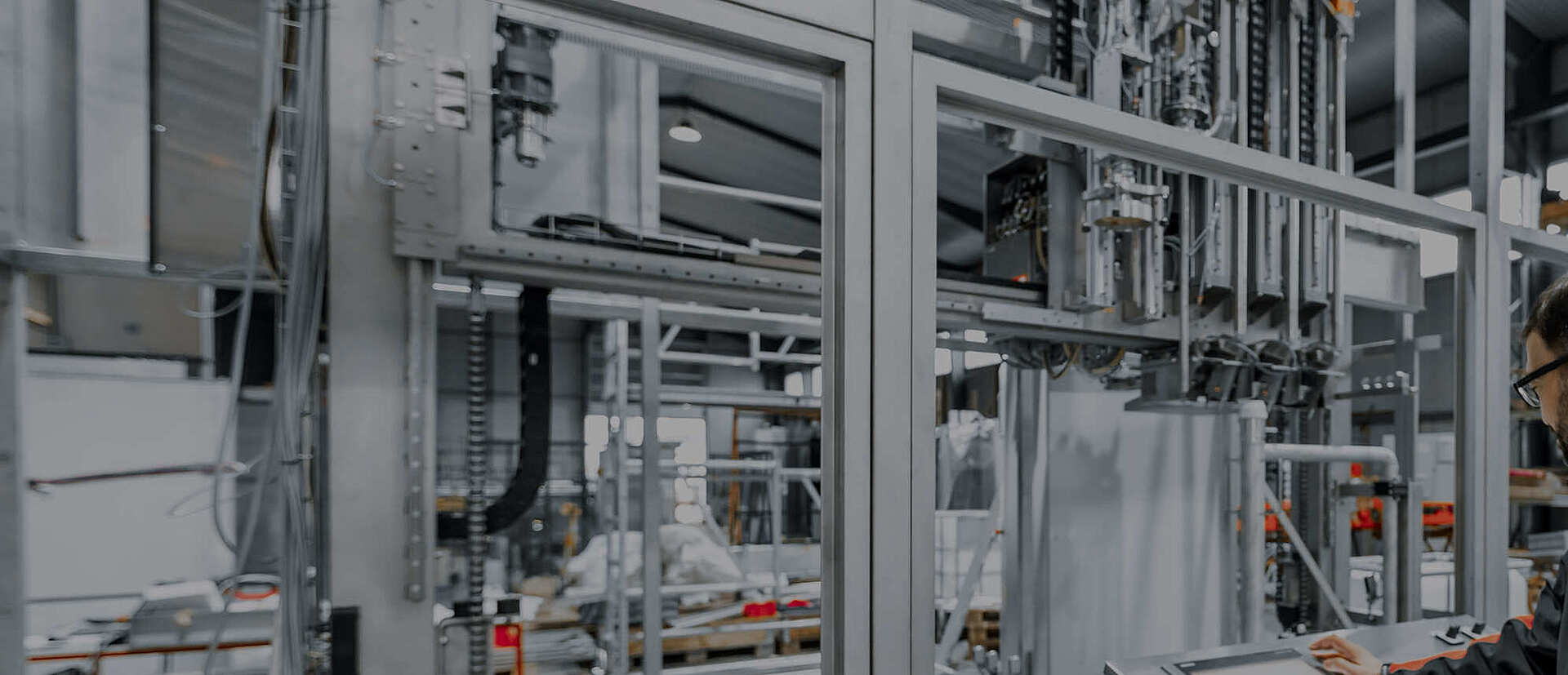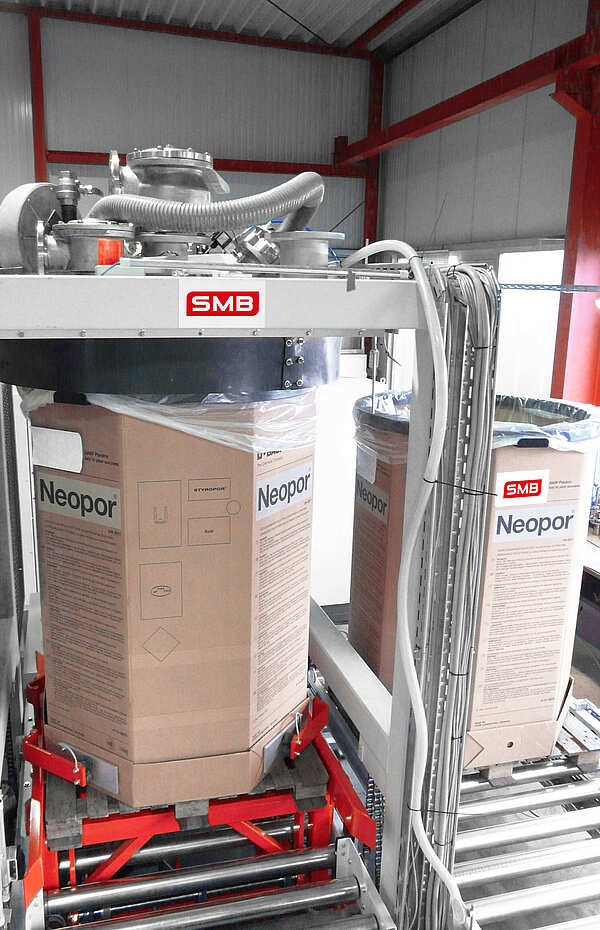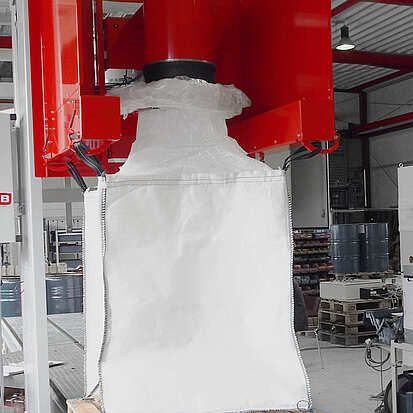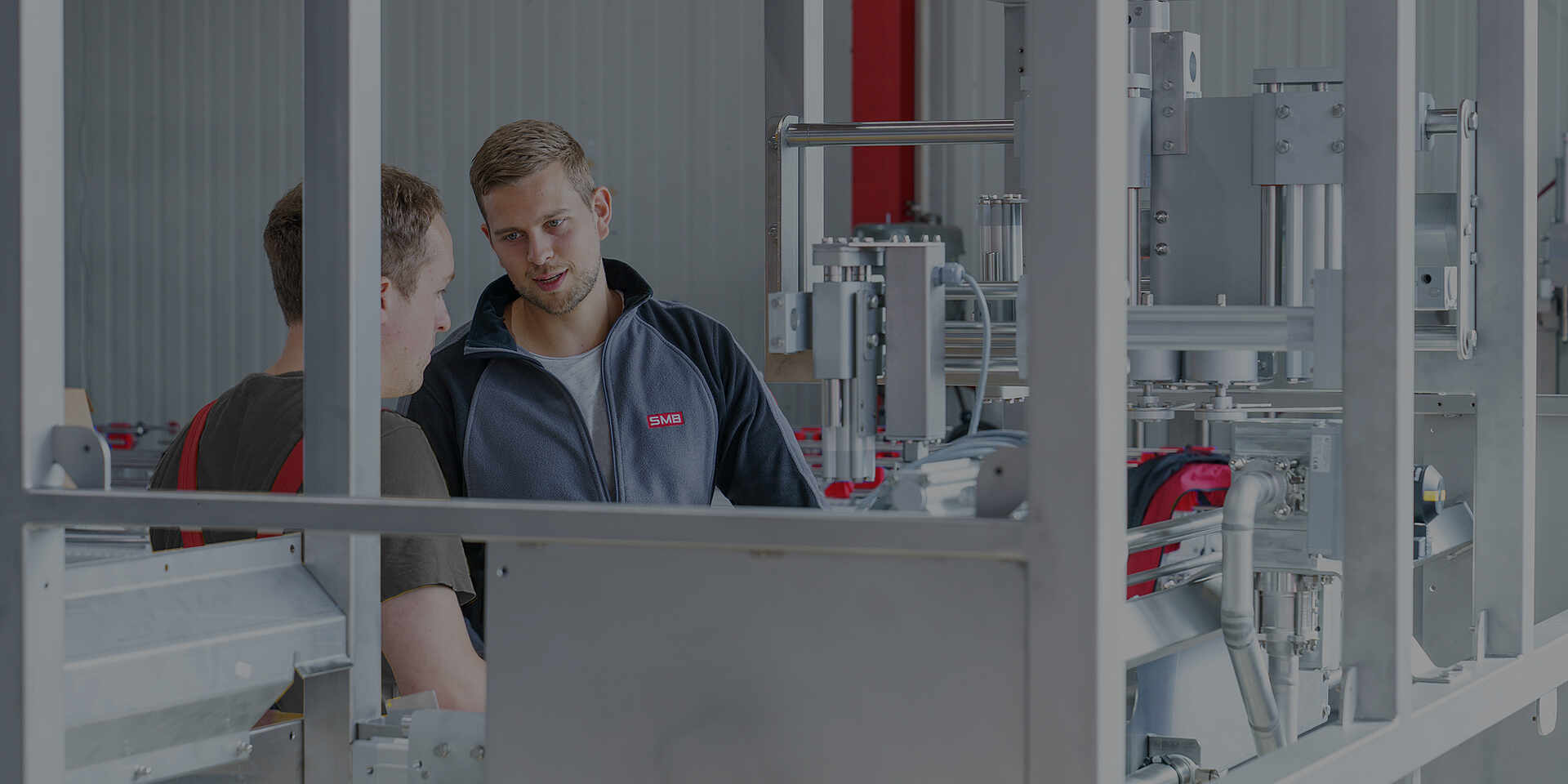

Special Filling Systems
for the filling of dangerous goods
Safety is our Priority
We manufacture filling systems for products in dangerous goods classes.
As experts in filling technology, we specialize in sophisticated special solutions. When filling hazardous substances, safety is our top priority. And the health and safety of our employees must also be guaranteed. Areas of application for our special filling systems include filling octabin containers or filling hazardous goods in the chemical industry But filling is also possible under cleanroom conditions, as required in the food industry.
Our Special Filling Systems have ATEX certification. If required, we can implement extraction solutions at the filling stations.
Do you need to fill dangerous goods? Contact us
Find out more about our filling systems.
You can find a compact summary of all the information in our product sheet.

Product Information
- Complete encapsulation of the filling system and filling station
- Encapsulation with vacuum to avoid gas loss
- Airlocks with connections for extraction
- ATEX-certified for use in Ex-areas

Extensions for Filling Systems
Suction
We have developed and implemented various Special Filling Systems with suction.
Example of use: Our filling system transports octabin containers on a pallet to the filling point. There, the pallet is lifted and pushed under the suction plate. After being flushed two to three times with nitrogen, the filling process begins from a pre-weighed stainless steel container. At the same time, a vibration unit ensures optimal distribution of the material The displaced air is pressed back into the storage container. A ring suction removes any air that may escape.
Once the octabin is full, it is lowered and conveyed to the closing station.
Airlocks for cleanroom filling
Airlocks are required for filling stations in the chemical industry
Example of use: Our special filling system first transports the empty drums with loosely placed lids via an infeed roller conveyor to the filling point. An airlock ensures that no gases or dusts escape. When the drum reaches the filling position, the lid is lifted by a vacuum palletizer and the drum is pushed under the dosing flap of the container with the filling material so that it opens when the drum has reached the desired fill level, it is lowered back onto the roller track. The drum is then closed with the lid and transported through the exit lock into a washing cabinet where it is cleaned and dried on the outside.
We are happy to include such locks in safety concepts.

